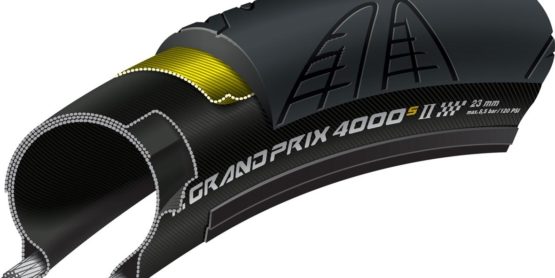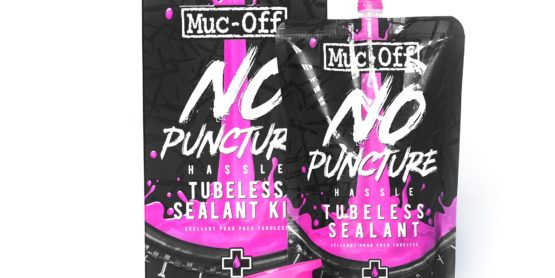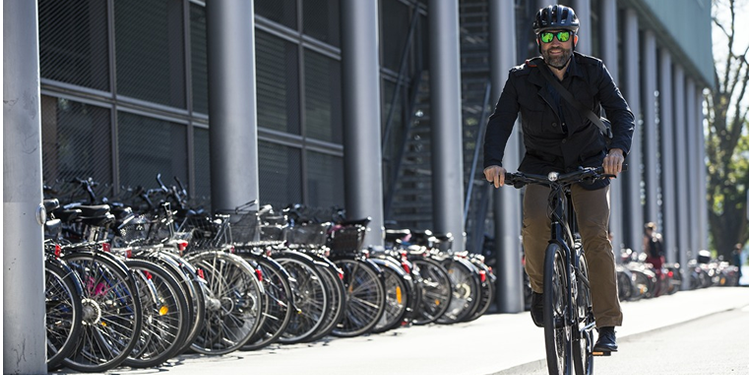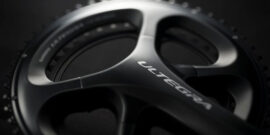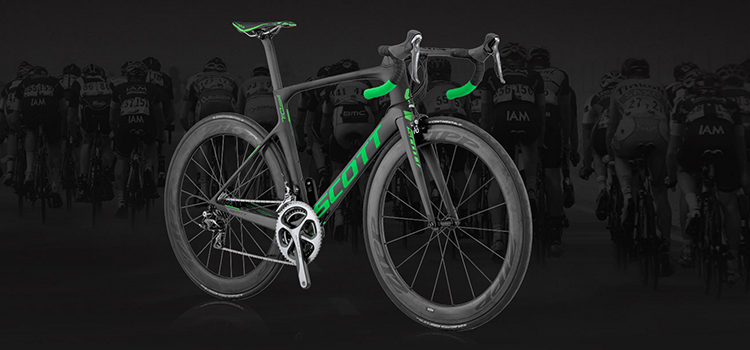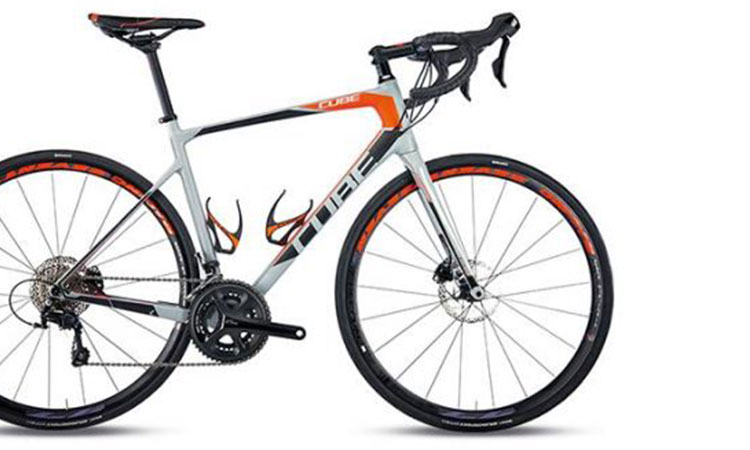“What’s best, tubes or tubeless?” I get asked this at least once a week, every week. I’m not complaining, after all, it is my job and I love talking bikes. But with it being such a hot topic we thought it’d be a good idea to get the facts out there for all to read. Every option has their own pro’s and con’s, but what may be best for one rider may not necessarily be the best for another.
Tubes.
Old faithful, the vast majority of bikes out of the box are kitted out with tubes. Most bikes out and about are running tubes. They are simplistic, cheap, low maintenance and easy to repair. They don’t require a special rim or tire and are available in any establishment that calls themselves a bike shop.
So why fix what isn’t broke? Well for all these positives there are some negatives. If you’ve never had a puncture then you are one of the blessed few. Most of us have though and it’s normally at the most inconvenient time. When the heavens have opened, you’re at the furthest point from home and your hands are so cold you are struggling to get your tire off to replace the tube. This is when you probably pay a visit to me asking if there are any alternatives, which brings us to tubeless setups.
Tubeless.
Tubeless setups have been around for a number of years now. In the early days the sealant and tire choices were limited and often a pain to set up. However, many brands have now jumped on the band wagon which has accelerated the advances in tire, rim, sealant and rim tape technology. “Rim tape” development? I know it sounds ridiculous but having a decent rim tape can be the difference between hours of swearing and liters of wasted sealant and a 5-minute set up without breaking a sweat.
So what’s involved in a tubeless set up? To start with you need:
– Tubeless ready rims (if you don’t, there are conversion kits, but a tubeless ready rim makes life a lot easier)
– Tubeless ready rim tape.
– Sealant.
– Tubeless ready tires.
– Tubeless valves.
Many new bikes come with everything apart from the sealant, but this does vary from brand to brand and bike to bike. So double check or contact us if you are not sure.
So, what are the pro’s? Well less punctures are the biggest advantage for most. I say less because it is still possible to puncture, just a lot less likely. The biggest advantage for me is being able to run less pressure in the tires without the risk of getting a pinch puncture. Whether you are on the road or in the mud, less pressure means more grip and more comfort. I would argue that converting my trail bike to tubeless is the best improvement I’ve made to it. Even better than the carbon wheels… It’s really that good in my opinion.
Finally, is the weight saving. Innertubes can be heavy. Especially if you have a bike with plus tires. Remove the tube, remove the weight. what’s not to like? And since it’s rotational weight it’ll also benefit your braking, handling and acceleration dramatically.
So what’s the catch? Well if your bike didn’t come tubeless ready out of the box for most it is the cost. If you need tires, sealant, rim tape and valves you can easily be sitting at the £100.00 mark (It’s worth it though, I promise!).
The set up can be time consuming depending on the tire and rim combination. There is an element of maintenance needed. Most sealants need topping up over a number of months although there are exceptions to this such as Finish Lines offering. As mentioned before, you can still get a puncture. This means either carrying a tubeless tire repair kit or worse, carrying an inner tube.
Tubeless set ups don’t excel in every situation. On road bikes for example, there is so much pressure within the tire it can be difficult for the sealant to do its job quick enough to avoid you having to stop and top up the pressure. And on mountain bikes you can “burp” the tire, this is when you are particularly hard on the tire and it loses pressure between the tire bead and rim although this isn’t a common issue.
Tubular.
There’s a third option? Indeed, there is. Normally reserved for those that compete. Tubular tires have long been the favorite of pro’s and privateers alike. Although a lot of the top mountain bikers have moved away from them, the roadies and cross riders still favor them over anything else.
So, what is a tubular tire? It’s a handmade carcass normally made from cotton, with a latex inner tube sewn in and the tread glued onto the outside. They require a specific tubular rim to be mounted to and are either glue or taped into position.
So why go tubular? They’re lighter than a conventional tube set up, due to the rim not needing to be so tall for the tire to sit in, a considerable amount of weight can be saved over a clincher type rim. Due to being made of cotton, they are more compliant, giving you more comfort and a better ride quality than a clincher set up. They are also more puncture resistant and have a broader pressure range.
Track riders like them because they can run them super hard and cross riders like them because they can run super soft, and road riders run them somewhere in the middle, like Goldilocks.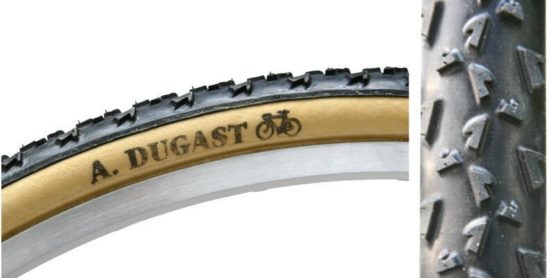
So, if the pros are using them, there can’t be con’s, right? Most of the issues using a tubular set up is to do with the cost. You can expect to pay around £80.00 upwards for a tub. Then you need a tubular specific wheel, which isn’t any more expensive than a clincher but if you don’t have one, you’ll need one or two… You’ll also need to attach the tire to the rim with glue or tape. Although this is something you can do at home. Many people prefer to leave it to the professionals as the consequences of getting it wrong can be pretty serious. The final issue is the lifespan of the tires. Ever wonder what happens to a pro’s wheel when they get a puncture? Their mechanic pulls the tire off and bins it. And then starts again. A puncture could happen after 2500 miles or 25 miles. So, if the puncture gods aren’t on your side, it can become an expensive habit. This is mostly why tubulars are normally used by those competing wanting every marginal gain they can get their hands on. However, if you are lucky enough to own a bike that only gets used on dreamy summer days tubs could also be for you.
So, what’s best for you? Hopefully, I’ve provided enough information to give you a good idea as to what would work best for you. But if you’re still sat scratching your head then just give us a call or pop in store for any more information you require. For some great deals on tyres, up to 27% off Dugast cyclocross tyres and all the tubes, sealant and other kit you need to go tubeless check out our website.
“Jack Explains”
Jack works in our Chichester store, is a fully qualified Retul Bike Fitter and whilst he rides all disciplines, it’s safe to say his heart belongs to mountain biking.
Take a look at Jack’s Instagram for more inspiration to get out on your bike


